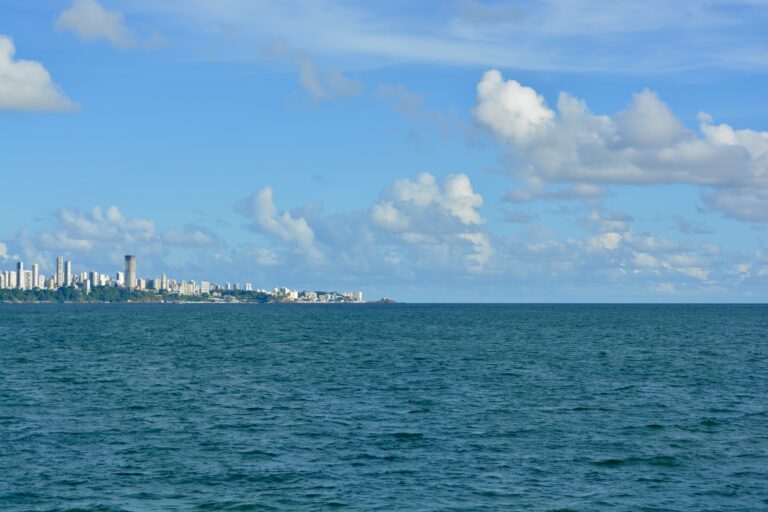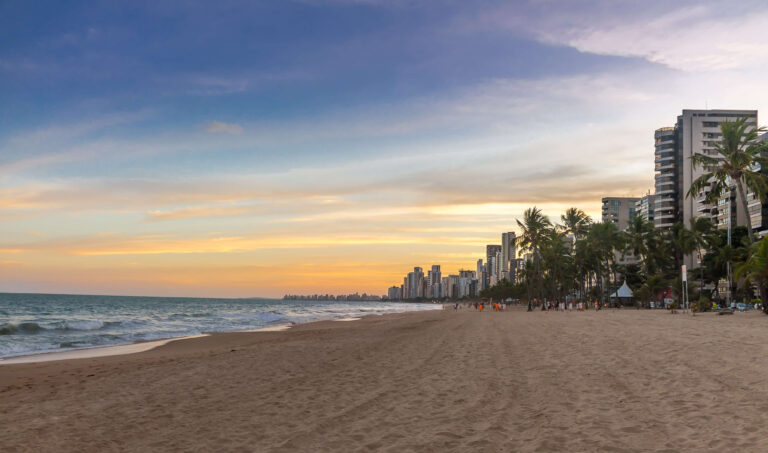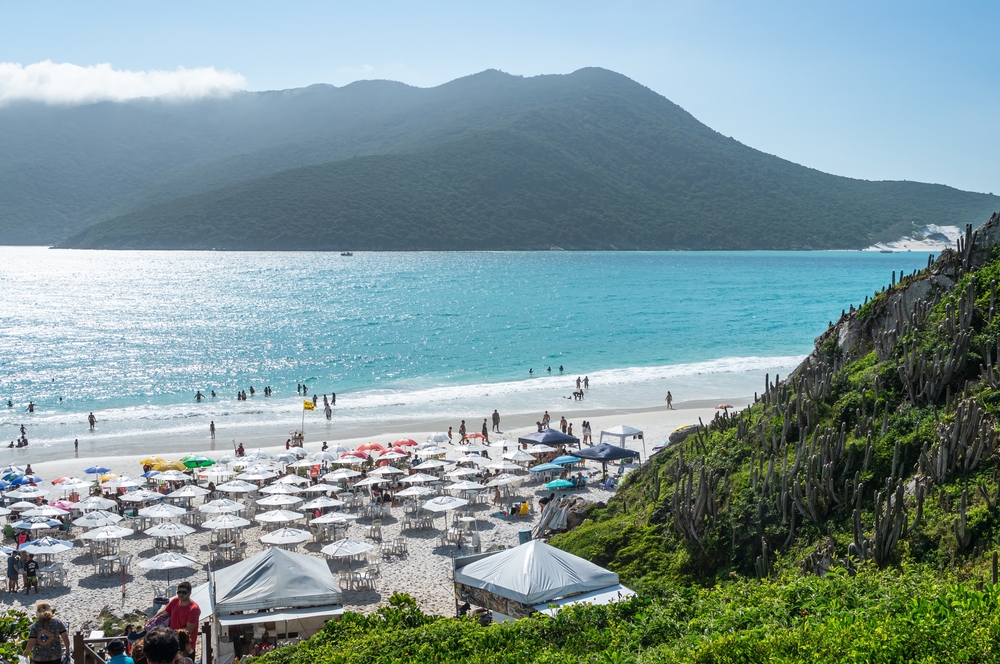St. Vincent (São Vicente in Portuguese) is a city in the southeastern part of Brazil, in the state of São Paulo. The town was founded in 1532, and it is known as the first permanent Portuguese settlement in the New World.
Martim Afonso de Sousa, a Portuguese explorer, was sent by King John III of Portugal to explore and colonize the land. Sousa arrived at the island of São Vicente on January 22, 1532, and he named the settlement after St. Vincent, a saint whose feast day is celebrated on that day.
There might be discrepancies in the dates of the foundation due to various historical interpretations or errors. Nevertheless, the early 1530s are widely accepted as the foundation period of São Vicente.
The foundation of São Vicente marks a significant point in the history of Brazil, as the beginning of the colonization process by the Portuguese. The town later played a significant role in the development of the entire region, serving as a point of departure for further exploration and colonization efforts. The sugar industry was one of the main economic drivers in São Vicente during the colonial period.
São Vicente’s significant role in the early history of Brazil and South America is due to several factors.
First Permanent Settlement: São Vicente is widely recognized as the first permanent Portuguese settlement in the New World, marking the beginning of the Portuguese colonial era in South America. This allowed Portugal to firmly establish its presence and assert its claims in the region.
Sugar Industry: São Vicente was one of the earliest centers of the sugar industry in Brazil, which became a major economic activity in the region. The production of sugar required a substantial labor force, leading to the growth of the African slave trade. The success of the sugar industry in São Vicente served as a model for later Portuguese colonies.
Gateway for Further Exploration and Settlement: São Vicente acted as a springboard for further exploration and settlement of Brazil. Martim Afonso de Sousa, who founded São Vicente, also helped explore the interior of Brazil. This laid the groundwork for the expansion of Portuguese control over a large part of South America.
Cultural Exchange: The founding of São Vicente represented the beginning of a long period of cultural and genetic exchange between the native population, Portuguese settlers, African slaves, and immigrants from other parts of the world. This has profoundly influenced the social and cultural makeup of modern Brazil.
Infrastructure Development: São Vicente, as the first permanent settlement, marked the start of urban development and infrastructure in Brazil. This included the creation of the first colonial town, complete with administrative offices, religious institutions (churches), and other elements of urban planning.
In summary, the significance of São Vicente is both historical and symbolic. It’s the place where Portugal first established a lasting presence in the New World, leading to the development of a distinct Brazilian culture and society. Its early economy, notably its sugar industry, set patterns of trade and labor that would profoundly influence Brazil’s development.











